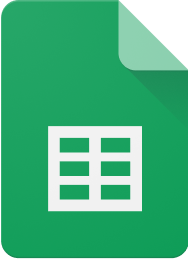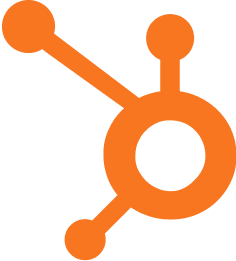Hold Time: Key Metric in Sales and Customer Service

Published on: October 01, 2024
In the world of sales operations and customer service, Hold Time is a crucial metric that measures the duration a customer spends waiting on hold during a phone call before speaking with a representative. This metric is essential for assessing customer experience, operational efficiency, and overall service quality.
Understanding Hold Time 📞⏱️
Hold Time is typically calculated from the moment a customer is placed on hold to when they are connected with a representative. It's an important component of the overall Average Handle Time (AHT) and can significantly impact customer satisfaction and loyalty.
Key Factors Affecting Hold Time:
- Call volume
- Staff availability
- Complexity of customer inquiries
- Efficiency of call routing systems
- Representative training and expertise
Why Hold Time Matters in Sales and Customer Service 🎯
Monitoring and optimizing Hold Time is crucial for several reasons:
- Customer Satisfaction: Shorter hold times generally lead to higher customer satisfaction.
- Operational Efficiency: Reducing hold times can increase the number of calls handled per representative.
- Cost Reduction: Efficient hold time management can lower operational costs.
- Competitive Advantage: Companies with shorter hold times often have an edge over competitors.
Strategies to Reduce Hold Time ⚡
Implementing effective strategies can help organizations minimize hold times:
- Implement callback options
- Optimize staffing based on call volume predictions
- Improve self-service options
- Enhance representative training
- Utilize advanced call routing technologies
Hold Time Benchmarks 📊
While ideal hold times vary by industry, here's a general guideline:
| Hold Time | Customer Perception |
|---|---|
| 0-30 seconds | Excellent |
| 30-60 seconds | Acceptable |
| 60-120 seconds | Frustrating |
| 120+ seconds | Poor |
Measuring and Analyzing Hold Time 📈
To effectively manage Hold Time, organizations should:
- Regularly track and analyze hold time data
- Set realistic goals for improvement
- Use customer feedback to understand the impact of hold times
- Implement continuous improvement processes
The Future of Hold Time Management 🚀
Emerging technologies are revolutionizing hold time management:
- AI-powered chatbots for initial customer interactions
- Predictive analytics for better staffing decisions
- Voice recognition for more efficient call routing
- Omnichannel support to reduce phone call volume
As you consider the impact of Hold Time on your sales and customer service operations, ask yourself:
- How does our current Hold Time compare to industry benchmarks?
- What strategies can we implement to reduce Hold Time without compromising service quality?
- How can we leverage technology to improve our Hold Time metrics?
- What impact would reducing Hold Time have on our customer satisfaction and retention rates?
By focusing on optimizing Hold Time, organizations can enhance customer experience, improve operational efficiency, and gain a competitive edge in today's fast-paced business environment.
















